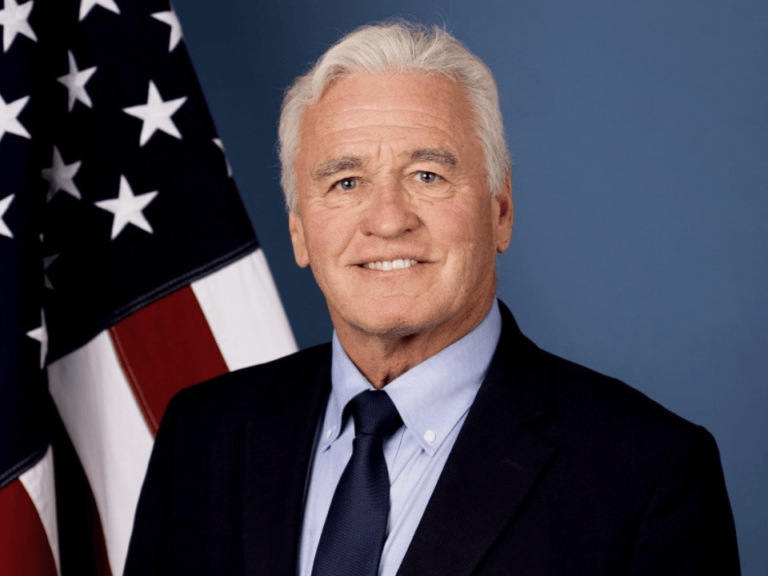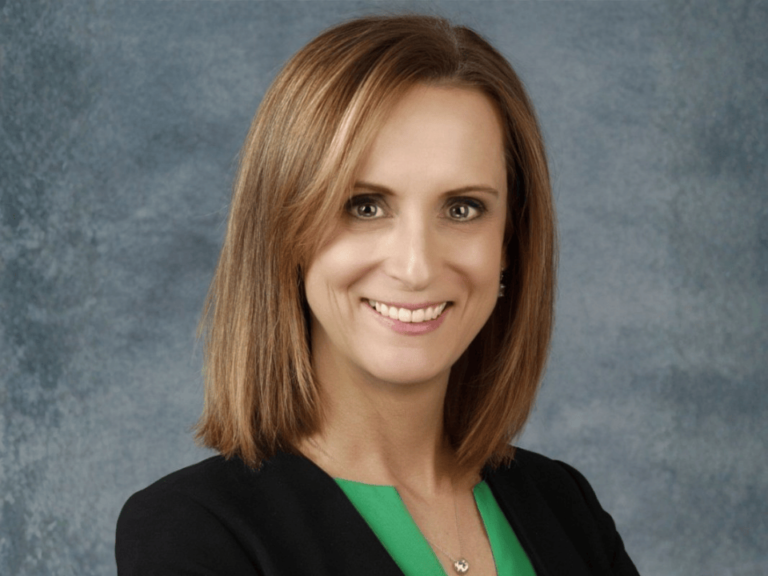I remember the day I met Margaret “Peg” Geisler, who has now been living with breast cancer for 40 years, and with metastatic disease for 36 of those years.
She had long outlived her original oncologist, pioneering breast cancer researcher Dr. Paul P. Carbone, for whom our cancer center is named. I saw her for a colleague, her third oncologist, who was out on maternity leave.
Peg’s records showed she originally had breast cancer in 1978, it recurred in the 1980s, and she had a biopsy-proven pelvic metastasis that had been treated with radiation, but had never disappeared. She had received multiple medical treatments over the decades, including hormonal therapies and a few chemotherapies. The mass had grown slowly over the years and the most recent scan again showed a slight growth. What treatment did I recommend? I could select a number of possibilities, but, in the end, I recommended observation. Four years later, at age 82, her health is good. She attributes her survival to her “cantankerous” attitude, but everyone else describes her as charming, so I suspect another cause.
How many extreme survivors with metastatic cancer are there and what makes them tick? With the help of Dr. Susan Love’s Army of Women, advice from leaders at The Metastatic Breast Cancer Alliance, and support from the AVON Breast Cancer Crusade, we have launched an international study looking for extreme survivors of metastatic breast cancer.
Patients can take the web survey to see if they qualify. It is not necessary to be a long-term survivor to take the survey.
Next, men or women with metastatic breast cancer will be invited to take an hour-long survey describing their medical history, lifestyle, and diet. Patients with the longest survival will be invited later to a substudy involving genomic analyses of their tumors and germline DNA. We hope to learn whether, compared with most breast cancers:
These cancers are genetically distinct,
The immune system is different, or whether
The treatment or behaviors are unique.


Others have described these extreme survivors. A classic 1962 paper—“Natural History of Untreated Breast Cancer,” by HJG Bloom—describes a series of 19th century women with breast cancer who were not treated. Some of these women lived over a decade after the breast cancer was found, and in one case, for 35 years. Dr. Bloom focused on tumor grade as an explanation, but today, genomic sequencing and other tumor analyses could provide deeper knowledge. Additionally, today’s information age has made it possible to reach many extreme survivors quickly through social media.
In our institutional cohort, the most common and longest extreme survivors had hormone-sensitive cancers, but we also identified extreme survivors with HER2-positive cancer metastatic cancer who lived for more than a decade, and several with indolent triple-negative breast cancer with survival of more than five years. Still, these non-hormone driven cancer cases were usually less extreme than the decade-long histories identified with estrogen-receptor-positive breast cancers.
We hope to learn what allows some people with breast cancer to survive for extreme durations of time. Is this an intrinsic feature of the cancer, perhaps driven by a specific set of genes that drive its growth?
As I spoke with colleagues, I found it important to be clear what I meant by “extreme survivors.” Many colleagues were familiar with the National Cancer Institute project looking for “extraordinary responders,” and expected that I was looking for the same. However, few of our extreme survivors had ever had an extraordinary response to therapy. Most had received many therapies, with evidence of slow disease progression. Thus, there was little overlap between extraordinary responders and extreme survivors.
Second, we found some confusion about how to define extraordinary survival. We used the time of initial breast cancer diagnosis to define extreme survivors with metastatic cancer, because in micrometastatic cancer, disease is present for those who receive primary surgery and develop distant metastatic recurrence many years later. For hormone-receptor positive breast cancer, we used 10 years as a cutoff and for hormone-receptor negative breast cancer, 5 years.
We hope to learn what allows some people with breast cancer to survive for extreme durations of time. Is this an intrinsic feature of the cancer, perhaps driven by a specific set of genes that drive its growth? If so, we could collect tumor samples and identify the genetic drivers of these cancers, and use this to identify future individuals likely to be extreme survivors.
However, there are clearly other possibilities and scientists, physicians, and survivor-advocates who offered disparate ideas of what could drive extreme survival. Among the ideas proposed were that specific cancer treatments were selected or rendered in a particular order to allow for extreme survival. Other ideas were that survival was prolonged by medical treatments for comorbid conditions, driven by intrinsic features of the immune system or tumor immunogenicity in these survivors, or by habits (diet, exercise, alternative medical practices). Some ideas offer the possibility of empowering individuals living with metastatic breast cancer to alter their fate. Thus, we concluded that all were worth a detailed evaluation.
After obtaining IRB approval, we reviewed charts of extreme survivors at the UW Carbone Cancer Center and identified a total of 53 individuals who qualified as extreme survivors. The four longest survivors had an original diagnosis between 1978 and 1980. These individuals had developed distant metastases in 1982, 1996, 2000, and 2007. All were alive at the time of data collection with distant and persistent metastatic disease. We enrolled 15 of the longest-term survivors with available tissue into a companion study to perform genome analyses of tumor and blood, and analyze their tissues for unusual cancer features. Thus far, we have not identified a specific cause of extreme survival, but variation between these individuals made it clear that our analysis would require a larger cohort of extreme survivors. At the same time, word got out about our project and we were contacted from other survivors across the US and beyond.
In order to expand our study, I teamed up with Dr. Gabrielle Rocque at University of Alabama Birmingham who is identifying extreme survivors using SEER-Medicare. In addition, she has developed innovative approaches to evaluate the treatment patterns of extreme survivors. We submitted a grant proposal to Avon Breast Cancer Crusade to enroll large numbers of extreme survivors across the U.S. and beyond to complete a survey, and to allow us to re-contact them for a substudy of genomic and immunologic features of the cancer.
Dr. Susan Love’s Army of Women also collaborated in getting the word out. Additionally, leaders at The Metastatic Breast Cancer Alliance offered critical feedback on our survey. These and other advocates have asked us to share de-identified patient-level data to the research community to maximize the value of these data in learning about metastatic breast cancer and helping survivors.
Many physicians have extreme survivors with metastatic breast cancer in their practice. We invite these physicians to participate by notifying their patients of this project.
Participation is initiated by survivors who choose to visit our website and select ‘Participate Now.’ People living with metastatic breast cancer need not be long-term survivors to participate in the survey. However, we anticipate at least 1,000 long-term survivors to participate. Those who fill out the survey will allow us to gain critical information about treatment patterns, comorbid illnesses, diet, exercise, and habits.
We plan to recontact about 50 of the most extreme long-term survivors with available archived tumor samples to participate in an optional substudy of genomic analyses of tumor and saliva. If we identify common features of the long-term survivors, we hope to make this information available to physicians and survivors with metastatic breast cancer.
We hope that this information may allow others to become long-term survivors, but it may also be useful to identify who are likely long-term survivors at the outset of a breast cancer diagnosis. It may be that these individuals can be treated in a distinct way. For example, if the intrinsic features of the tumor or their immune system dictate a very indolent type of breast cancer, it may be possible to de-escalate treatment and rely primarily on endocrine and/or targeted therapies.
As with our 40-year survivors, we may identify a group for whom ‘observation’ is a valid approach even for metastatic breast cancer.












